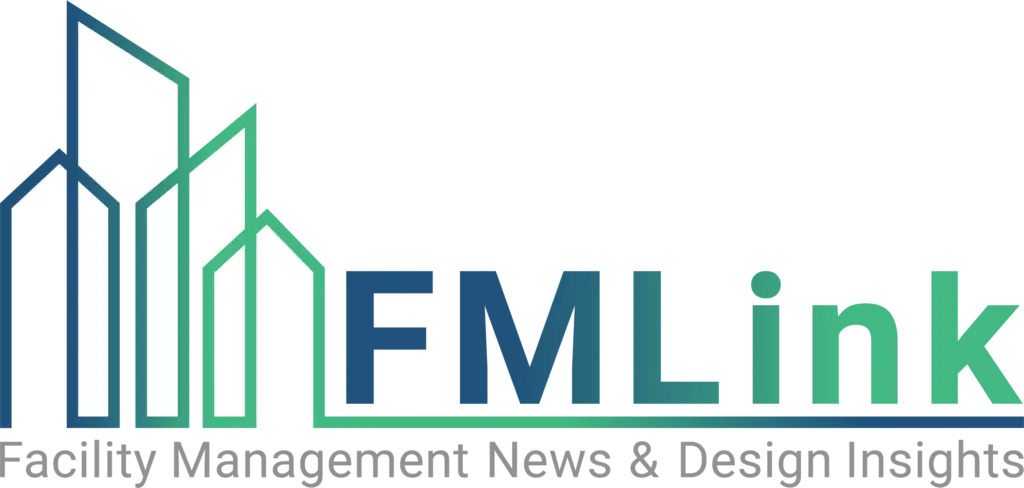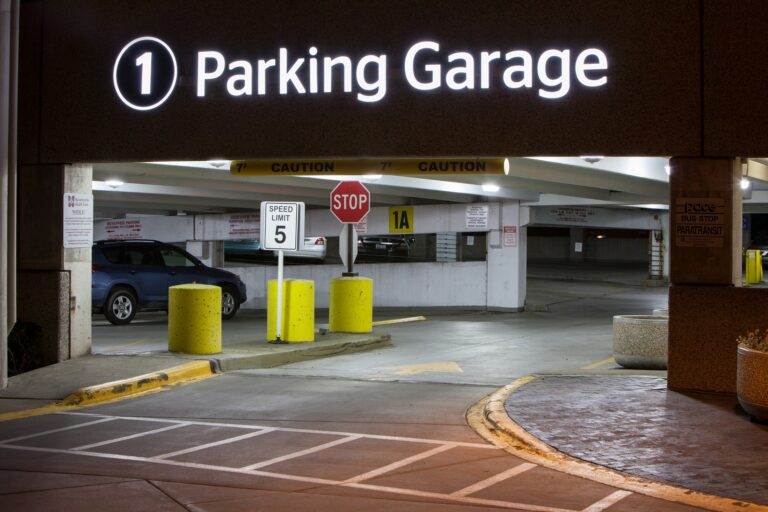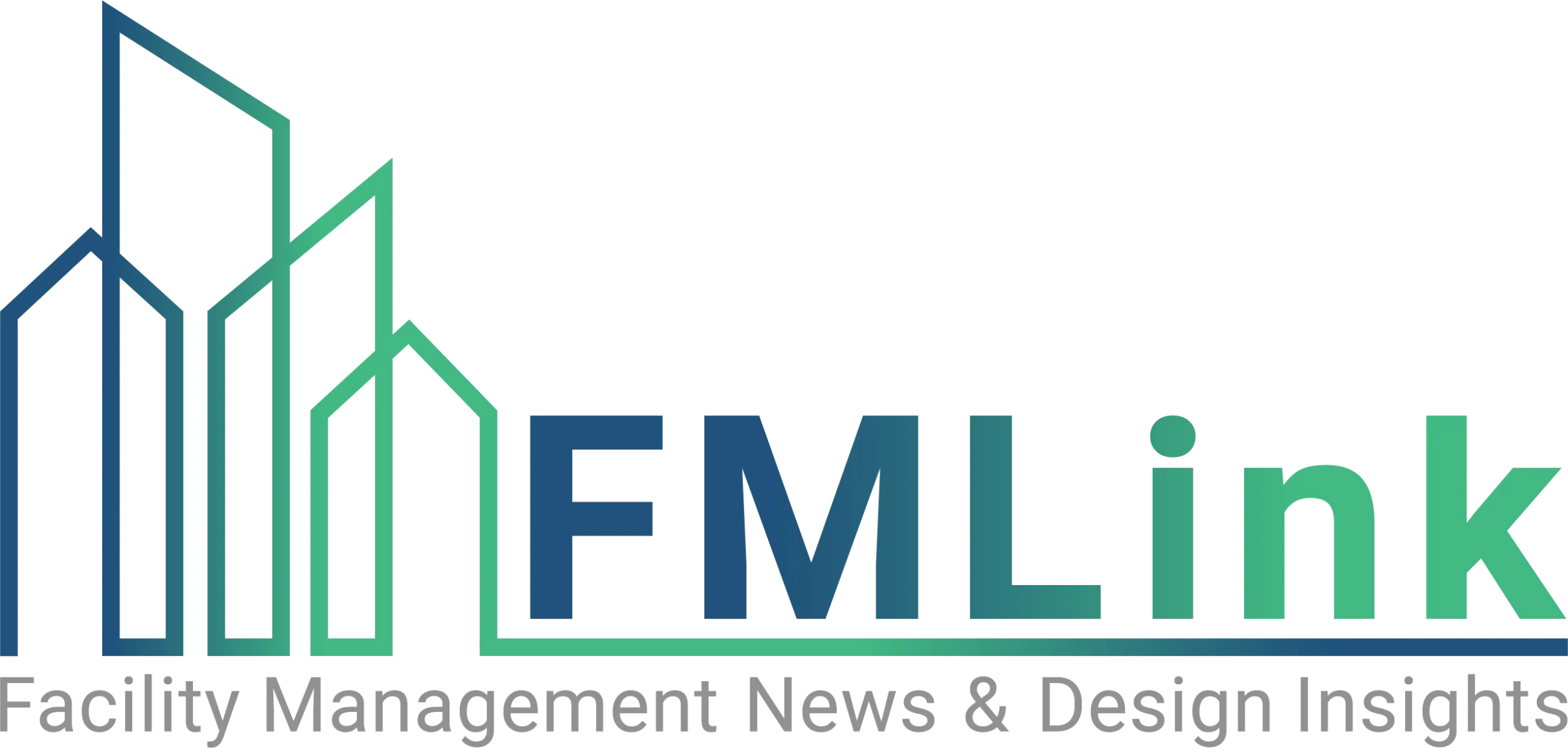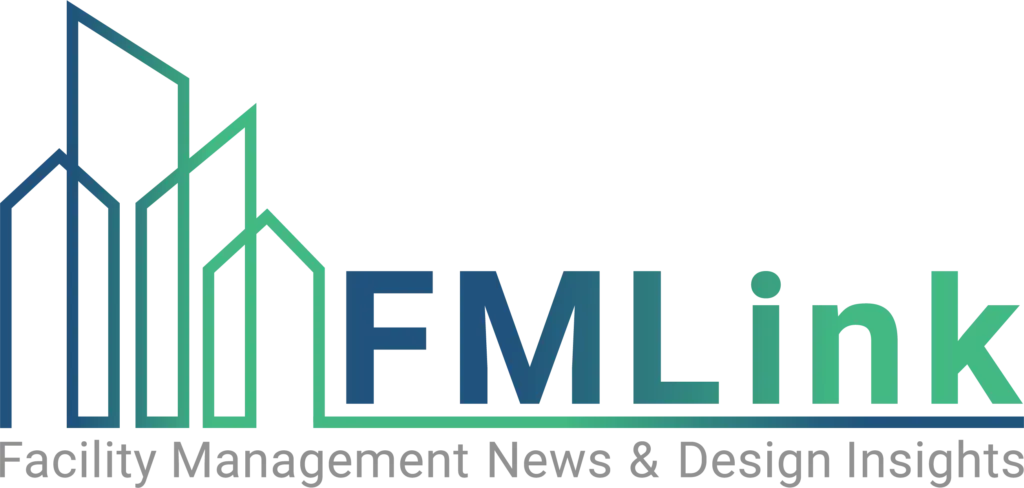Originally published in the April 2018 issue of ISSA
When Holly Borrego began working as a restroom cleaner, 30 years ago the idea that sensors could be used to monitor paper towel dispensers or the level of trash in a garbage can was the stuff of dreams. Today, such sensors are a reality; they are also just one example of how data analytics provided by new technology is fundamentally shifting the way facility maintenance and janitorial work is performed and how cleaning product is sold. And while these technological advances are still in their early stages in the facilities maintenance industry, the benefits are already being realized by early adopters.
“It’s interesting because analytics are coming from multiple sources now, and I think everyone is trying to understand how to use them and how to integrate them into their business model,” says Borrego, now senior director of cleaning services for C&W Services, a Massachusetts-based facilities service provider with more than 600 clients throughout North America and annual revenues of US$1 billion.
C&W Services has already begun integrating the use of various forms of technology and data analytics on job sites. And Borrego is quick to rattle off the benefits she sees.
Smarter Decisions
At Seattle’s Sea-Tac airport for instance, C&W Services has deployed six self-driving floor scrubbers manufactured by Brain Corp. Powered by artificial intelligence, the scrubbers provide a wealth of in-depth reporting and data, including the areas completed, those that were unable to be cleaned, and pictures of any obstacles that may have prevented access to a particular area.
“We are much more efficient now,” says Borrego. “We are able to optimize what we’re doing and validate our work.”
The same holds true for the bathroom sensors she mentioned earlier.
Did You Know?
- Some manufacturers are retrofitting Internet of Things (IoT) sensors into existing factories to improve efficiency and productivity.
- By 2025, sensors could be sending utility companies alone around 900 times more data.
- Some leading health care firms have already begun testing embedded devices to collect metrics like electrocardiogram movements and blood pressure readings.
Source: Dataconomy.com
“When you install a trash can that monitors trash levels or a paper towel dispenser that tracks usage, not only does it tell me in real time what’s going on, but it starts to collect data over time to help us understand usage patterns and traffic flows,” says Borrego. “So instead of having people mindlessly police restrooms, I now understand exactly when they should go inspect the restroom; I can even order more efficiently and project my budget for supplies. This predictive element wasn’t previously available.”
Having sensors also can reduce complaints. With sensors monitoring conditions, restroom users do not need to track down an attendant when paper towels need to be refilled, for instance. The attendant already knows and likely has proactively refilled them.
Competitive Edge
The self-driving floor scrubbers and the sensors are allowing companies like C&W Services and others to maintain their competitive edge. Data analytics in all its forms is allowing for improvements in accuracy, consistency, and compliance services far and wide. The information provided by sensors, robots, and fleet analytics is also creating a level of transparency previously nonexistent in the industry.
For instance, the floor machines C&W uses record everything that happens when they are in use, including how long they’re being operated and where and what they are being used to do.
“When there are hundreds of robots all doing the same thing, companies can measure the level of consistency across entire fleets,” says Phil Duffy, Brain Corp.’s vice president of innovation. “It’s well and good to have a robot doing something constructive, but unless you can measure it, you can’t prove that the task is being completed.”
The detailed information provided by the floor scrubbers also allows users to prove compliance with prescribed cleaning programs, eliminating questions that often exist about whether cleaning is being performed properly.
Real-Time Insights
Global Building Services, Inc., a national janitorial services provider that counts Fortune 500 companies and local businesses among its clients, turned to the use of autonomous floor scrubbers and data-mining to obtain insights regarding the effectiveness of its cleaning processes.
In particular, the company wanted to develop a better understanding of how cleaning routines were flowing in a retail store while workers were restocking.
“The biggest opportunity it gives us is real-time insights into our facilities and our processes within the context of our customers’ way of doing business,” explains Global Building Services President Jess Settem. “The analytics help us see if our processes are meeting the specific needs within actual environments.
“Before these machines came along, we would use observation and watching things over several hours. Now I can get accurate data, including photographs, without even having to be there. If I get that real-time photo from the machine of a shut down in an area, it gives me a little more insight about why things occur and allows for navigating a solution in real time.”
Competitive Edge
Implementing the type of technology that provides all this data is not cheap. It takes a significant investment to buy a fleet of self-driving floor scrubbers or to install sensors in restrooms.
As a result, not all companies are rushing to get on the technology bandwagon, says Borrego. Which can make the technology a differentiator, especially for those looking for work in large, complex environments. Conversely, for those unable to afford the technology, nothing the technology could present a barrier to getting bigger jobs.
“I think it’s going to differentiate the service levels,” Borrego said. “Now we walk in, and we’ve got all of this technology and information. That’s a whole different proposal, a different level and type of service.”
Always a People Business
Wherever you fall on the adoption scale, the technology sweeping across the industry is much buzzed about at professional gatherings.
Brian Snow, former CEO of Pristine Environments and now general partner at Impala Venture, a venture capital group focused on disruptive technology for the built environment, recently hosted a dinner in New York City, NY, for industry colleagues. Most of the evening’s discussion focused on the changes being brought about by technology.
While there are many benefits to the variety of data now available, Snow pointed out that some companies may not be ready for the level of transparency the information provides. There are several forward-thinking janitorial companies leading the way, but they are few, he says.
“Most companies in the industry have not adapted to the technology because it pulls the curtain back on how they’re under-delivering,” he said.
For his part, Snow has always looked at technology and its data as a differentiator and began implementing it years ago. Having fully connected employees at Pristine Environments allowed for labor optimization and dynamic work schedules based on building conditions and occupancy levels.
“The more connected we were, including with other building systems, the more we could optimize how our employees were working,” he explained.
Specifically, Pristine looked to new technology to resolve the issue of how you take a prescriptive cleaning schedule that follows the same routine Monday through Friday and make it predictive, based on the actual needs of the space, by looking at hundreds of data points in each space.
“Once you understand how the space was used in a given period of time, you can program the correct amount of labor or materials to service the space,” he explains.
Still, as promising and as intriguing as all this new technology and the associated data may be, Snow makes sure to point out that the janitorial industry and facilities maintenance will always, at its most fundamental level, be a people business.
“It’s still people centric, regardless of the phenomenal technology,” he concludes. “People in the business will always be present. It’s not ever going to be completely automated.”






